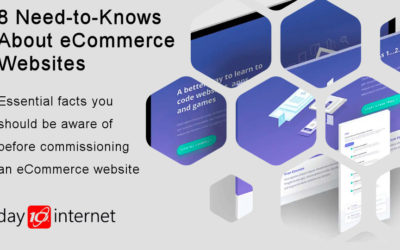Do you have a vision for your business? Most people don’t even though they may tell you that they do. So what do I mean by a vision?
My definition of a vision for a business is a clear intention that the owner is passionate about achieving. For example, Bill Gates had a vision to put a computer on every desktop. Henry Ford had a vision to enable every family in America to afford a car. The Wright Brothers had a vision to make a machine that would fly. All these people were so driven by the vision that they would stop at nothing in order to achieve it. And they did.
When a company has a vision, people will follow and drive towards the vision. It gives the business impetus. Vision is infectious. Without a vision a business lacks a soul. It may make a profit but it is unlikely to become a great business.
A vision needs to be simple and clear enough to be communicated in as few words as possible – a vision statement. Take Google, as an example; its vision statement is to “organize all of the data in the world and make it accessible for everyone in a useful way”. Ford’s vision statement is “people working together as a lean, global enterprise for automotive leadership.”
Vision statements can be very powerful for marketing purposes. But they do needs to be specific. Both these examples tell us exactly what the companies are aiming to do – data and automobiles.
A clear vision defines the boundaries that a business operates in and plan for success. For example the vision facilitates all aspects of the business: defining the products or services it produces; determining the target customers; deciding the types of marketing that will be performed; crafting the marketing messages that will be communicated.
But a vision is only an intention until there is a strategy and plan in place to realise it. By strategy I mean how the business will go about realising the vision. Henry Ford’s strategy was to rationalise his product range (a Model-T in “any colour providing it was black”) and then automate production on a production line. Microsoft’s strategy was to focus on building software and leave the less profitable part of the computer, the hardware, to other companies to provide.
Once you have the vision and the strategy, the various steps of the plan to realise the vision usually falls into place easily. But none of this will work unless the final part of the process takes place. That final part being the do, i.e. getting on with the work to design and build the product or service, find the target customers, and complete the marketing campaigns.
But the glue that holds all of this together is the vision.
Do you have a vision for your business?






